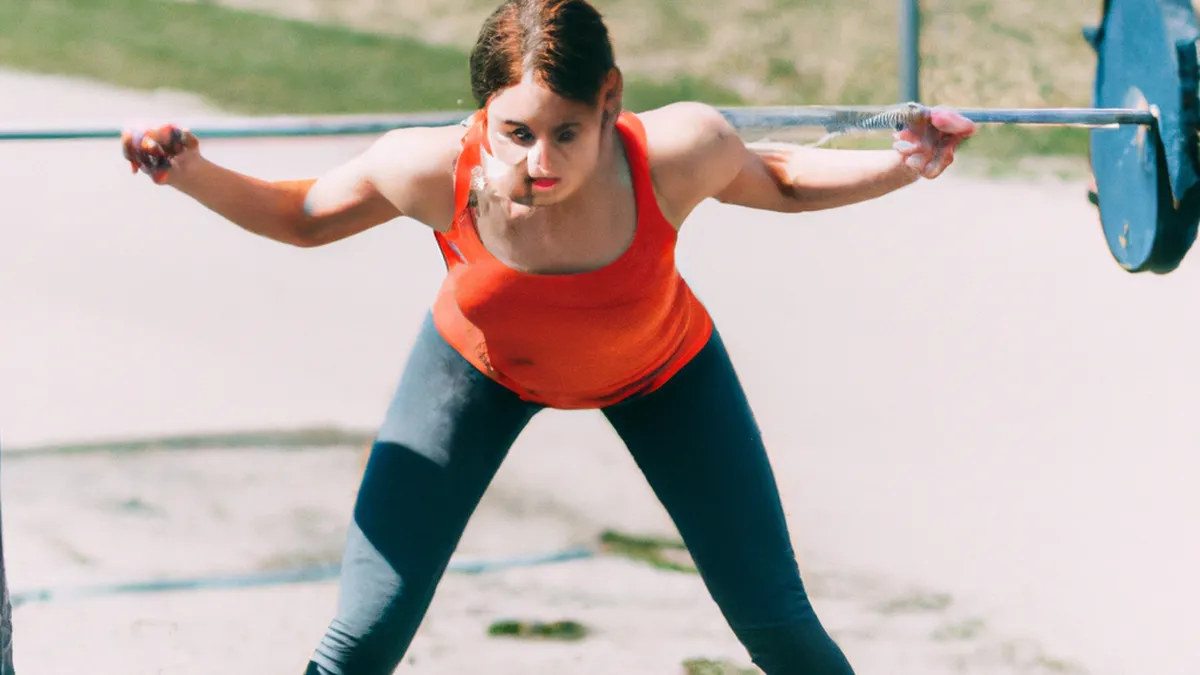Angle Adjustments: Maximize Your Effort
Tire Flip Mechanics and AnglesTire flipping builds strength, power, and endurance. This full-body exercise enhances cardiovascular fitness and functional strength. Proper technique maximizes benefits and reduces injury risk. This post explores tire flip mechanics, angles, and tips for mastering the exercise.
Understanding Tire Flip Mechanics
Tire flipping requires strength, biomechanics, and technique. Start with a stable stance, feet shoulder-width apart. This base helps generate power efficiently.Bend your knees and hinge at the hips. Keep your back straight and core engaged throughout. A strong core maintains posture and prevents injury. Grip the tire at the bottom edge with both palms. Wrap your fingers around the tire for a solid hold.
The Lift: Engaging Your Body
Align your shoulders with your hands to initiate the flip. This alignment generates power. Drive through your heels to engage your glutes and hamstrings. Keep your knees behind your toes to protect your joints.As the tire rises, push your hips forward and extend your legs. This coordinated movement allows your legs to perform most of the work. Maintain a straight back and lifted chest to optimize lifting efficiency.
The Flip: Timing and Technique
Timing plays a crucial role in the tire flip. Perform the movement fluidly and with control. Drive your hips forward while lifting the tire upward. Lean slightly forward as the tire rises to guide it over. This lean maintains momentum and control during the flip.When the tire reaches its peak, follow through with your arms for a continuous motion. Each flip should feel cohesive, with legs, core, and arms working in harmony. Emphasize power and control in every movement.
Common Mistakes to Avoid
Many athletes make mistakes during tire flips, leading to inefficiency and injury. One common error is over-relying on back strength. Using your back primarily can cause strain. Instead, drive through your legs and engage your lower body for force.Another mistake involves poor form throughout the lift. A rounded back during the flip increases injury risk, especially to the lower back.
Conclusion
As an Amazon Associate I earn from qualifying purchases.
Gear tip: consider kettlebell, adjustable dumbbells, and olympic barbell to support this topic.
Understanding tire flip mechanics and avoiding common mistakes enhances performance and safety. Focus on technique to maximize benefits.
Below are related products based on this post:
FAQ
What are the benefits of tire flipping?
Tire flipping builds strength, power, and endurance. It also enhances cardiovascular fitness and functional strength, making it a comprehensive full-body exercise.
What is the proper stance for tire flipping?
Start with a stable stance, feet shoulder-width apart. This position helps generate power efficiently and provides a solid base for the lift.
What common mistakes should be avoided during tire flips?
Common mistakes include over-relying on back strength and maintaining poor form. A rounded back can increase injury risk, so it’s essential to engage your lower body and maintain a straight back throughout the lift.















Post Comment